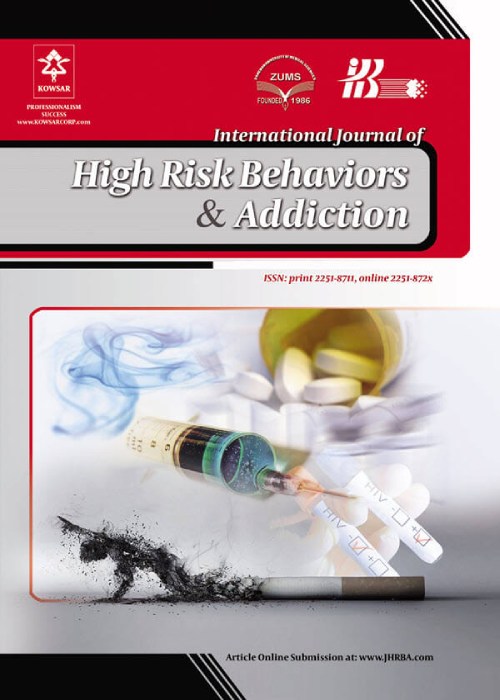Investigation of the Hourly and Spatial Patterns of Traffic Offenses During March-April 2019 in Iran Using Bivariate Generalized Additive Models and Integrated Nested Laplace Approximation
The control, management, and prevention of driving accidents and risky driving are regarded as concerns for numerous countries, according to the World Health Organization. In this regard, many technologies, such as count stations, are recommended. They count traffic offenses, such as speeding and unsafe distance, hourly and daily, and have different patterns according to the hour of the day and the location.
This study aimed to investigate the risky driving behaviors according to traffic offenses in Iran and estimate their hourly and spatial patterns using generalized additive models (GAMs) and stochastic partial differential equation methods.
There were 2,316 count data stations for one month within March-April 2019. This study estimated the hourly average of each traffic offense, Pearson’s and Spearman’s correlations, and the energy statistics for testing the bivariate normal distribution. There are five distributions, such as univariate Poisson, quasi-likelihood Poisson, Gaussian, location-scale Gaussian, and bivariate Gaussian in GAMs, to study the hourly patterns which were compared to the mean squared error (MSE) and correlation.
The hourly average of total vehicles and number of speeding and unsafe distance offenses per count station had positive skew distributions with mean values equal to 347 ± 456, 22.5 ± 44.2, and 65.9 ± 150, respectively. The correlation between traffic offenses in most provinces was significant, not large, and different. The GAM with the bivariate Gaussian distribution had the best performance according to the MSE and correlation. It revealed three hourly patterns for count predictions; the first was that speeding is higher than unsafe distances; the second was that unsafe distances are higher than speeding; the third was that speeding and unsafe distances do not have a specific pattern in some hours. The percentage of speeding was higher in the central, northeast, and southeast regions than in other parts of Iran, and the percentage of unsafe distances was higher for the north, northwest, west, and some parts of the southwest than in other parts of Iran, respectively.
The hourly pattern of traffic offenses exists and has a complex structure. The spatial pattern of traffic offenses shows the riskiest points in Iran.
- حق عضویت دریافتی صرف حمایت از نشریات عضو و نگهداری، تکمیل و توسعه مگیران میشود.
- پرداخت حق اشتراک و دانلود مقالات اجازه بازنشر آن در سایر رسانههای چاپی و دیجیتال را به کاربر نمیدهد.


